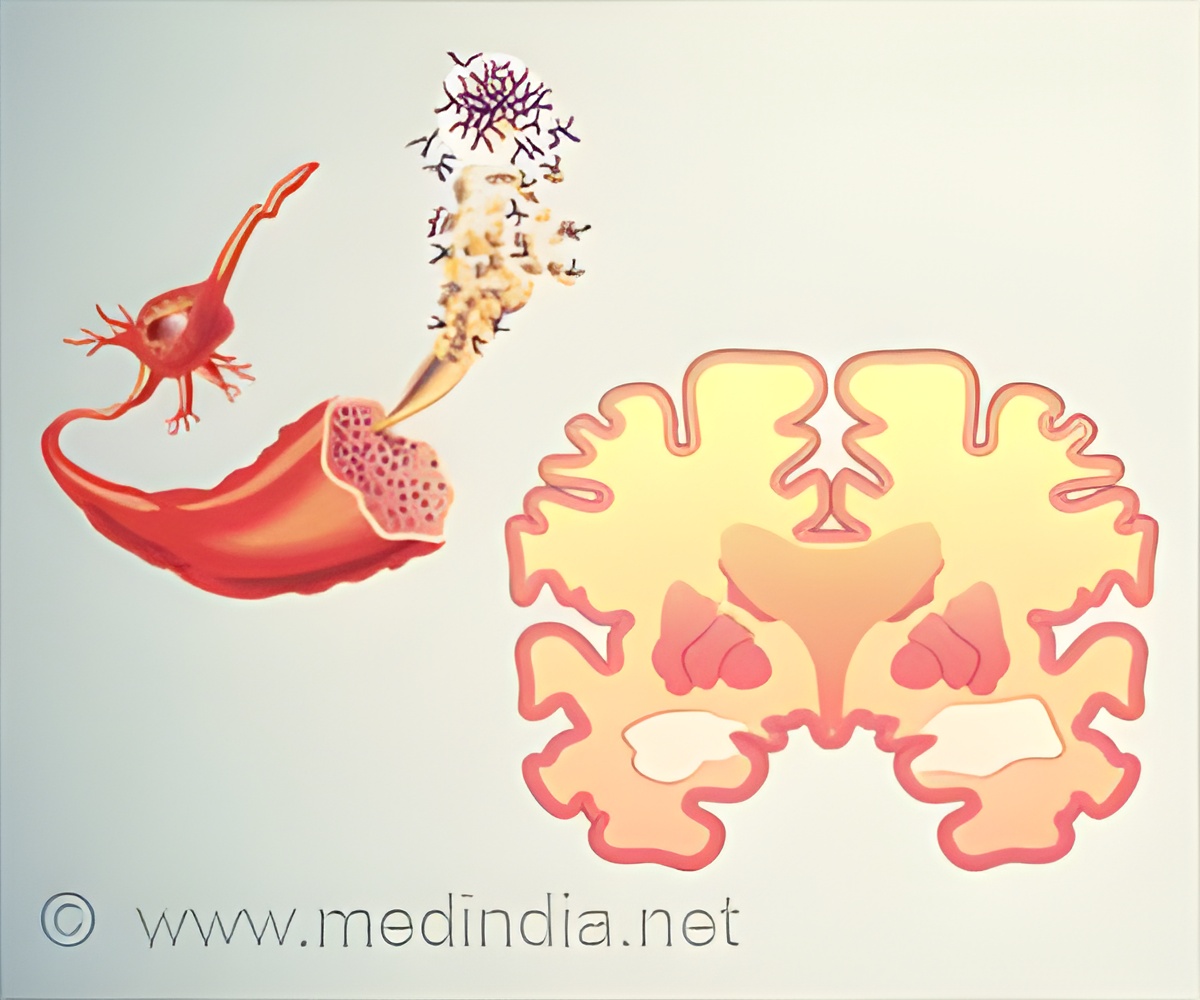New insights on mechanisms behind tau spread and how it promotes cognitive impairment is uncovered by the scientists.

TOP INSIGHT
New insights on mechanisms behind tau spread and how it promotes cognitive impairment are uncovered by scientists. It is found that an anesthetic – sevoflurane may affect tau spread in the brain to promote Alzheimer's disease pathology. This may be used as a clinically relevant tool to study tau spreading and its underlying mechanisms in Alzheimer’s disease.
The study team conducted experiments with an inhaled anesthetic called sevoflurane to check if see if tau stimulates microglia (immune cells that reside in the brain) to drive the development of Alzheimer's disease pathology via neuroinflammation.
Effect of Anesthetic on Brain
Earlier studies of the team along with pieces of evidence had shown that sevoflurane can cause a change (specifically, phosphorylation, or the addition of phosphate) to tau that leads to cognitive impairment in mice.
Hence the team developed a novel method to measure tau levels, called nanobeam-sensor technology that is ultrasensitive and can measure low concentrations of molecules like tau and phosphorylated tau.
And the release of lactate dehydrogenase, a molecule with a similar size and weight as tau, from neurons was not found to be increased by sevoflurane. "This finding indicates that neuronal cell membranes and cell viability were not compromised by sevoflurane treatment and that the sevoflurane-induced leaking of tau was not a passive process," says co-lead author Yuanlin Dong, MD, a research fellow in the department.
"These data demonstrate anesthesia-associated tau spreading and its consequences. This tau spreading could be prevented by inhibitors of tau phosphorylation or extracellular vesicle generation. Our results suggest that the anesthetics sevoflurane and desflurane may have different impacts on tau phosphorylation and tau spreading. More important, sevoflurane may be used as a clinically relevant tool to study tau spreading and its underlying mechanisms. We hope this work will lead to more research on anesthesia, tau proteins, and Alzheimer's disease pathology that will ultimately improve care for patients," says senior author Zhongcong Xie, MD, Ph.D., director of the Geriatric Anesthesia Research Unit in the DACCPM.
Source-Medindia
 MEDINDIA
MEDINDIA



 Email
Email









